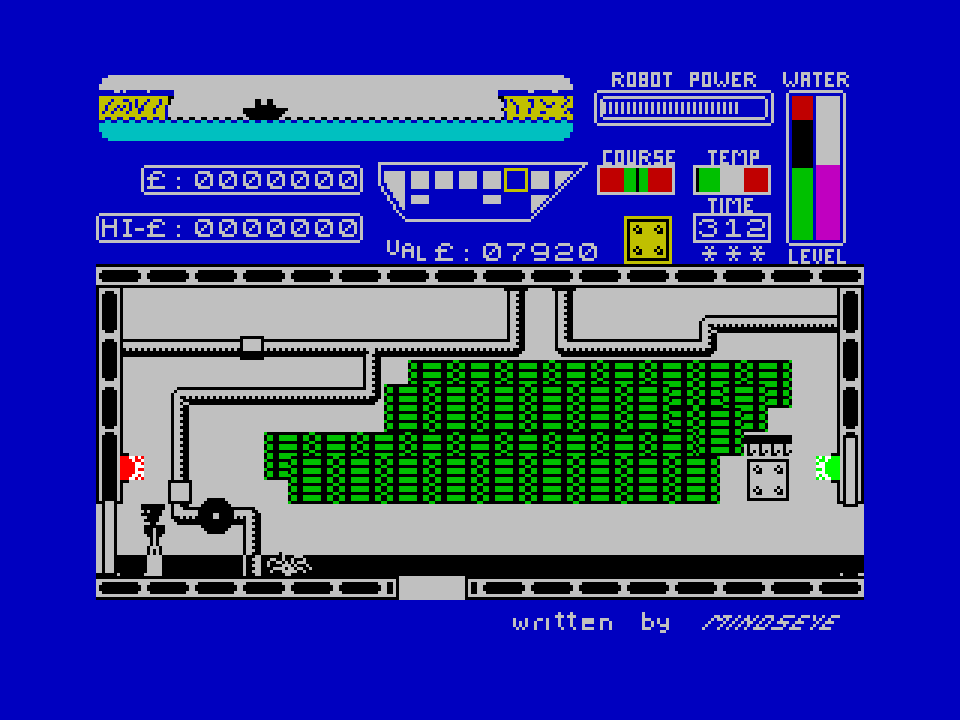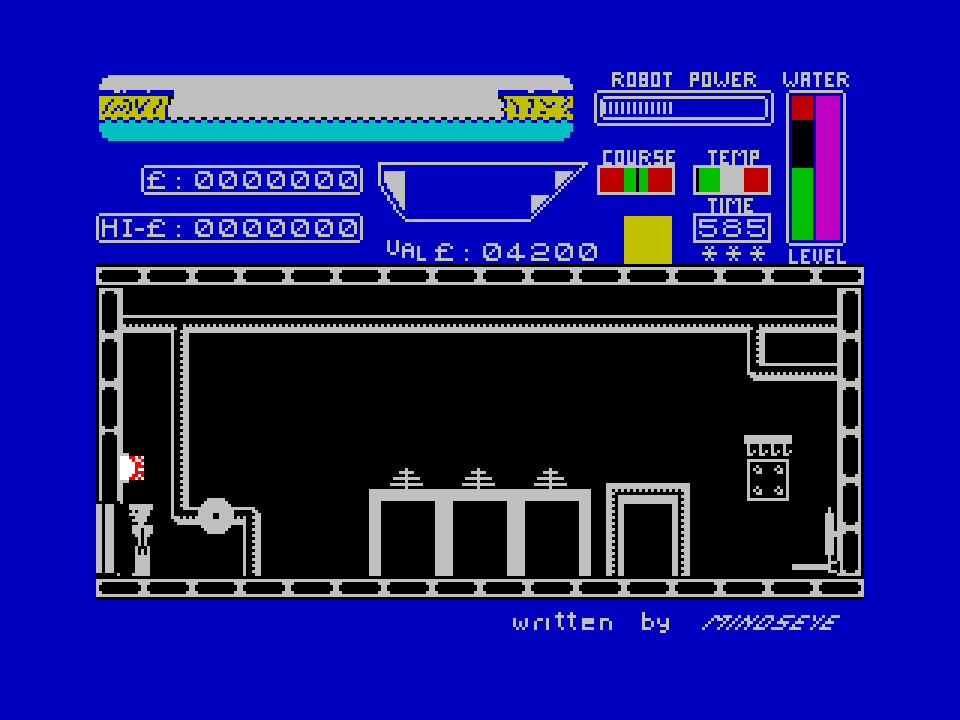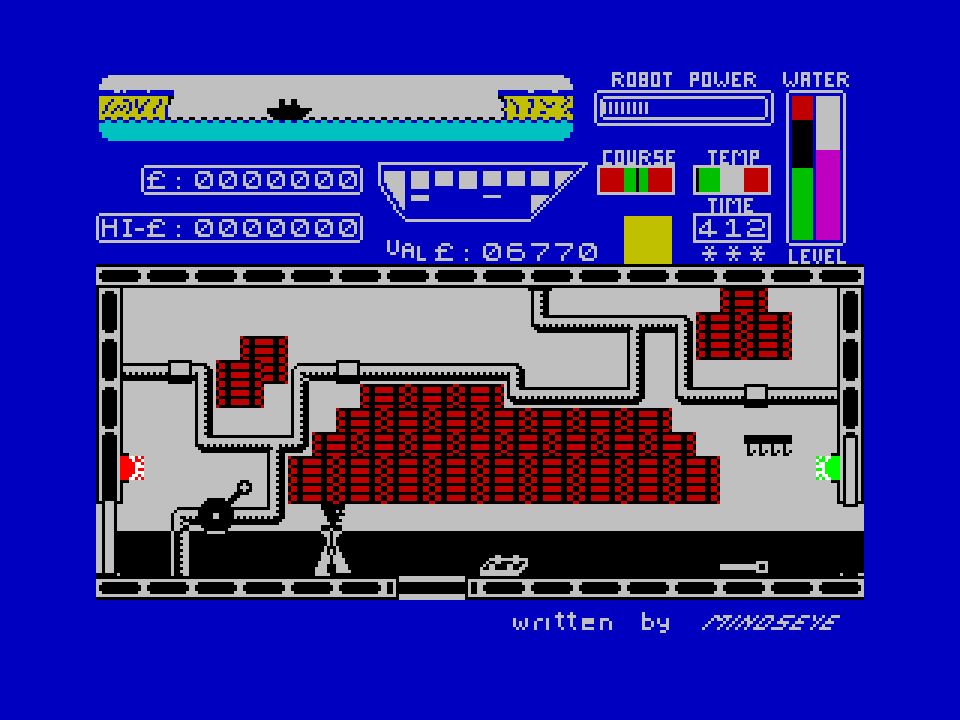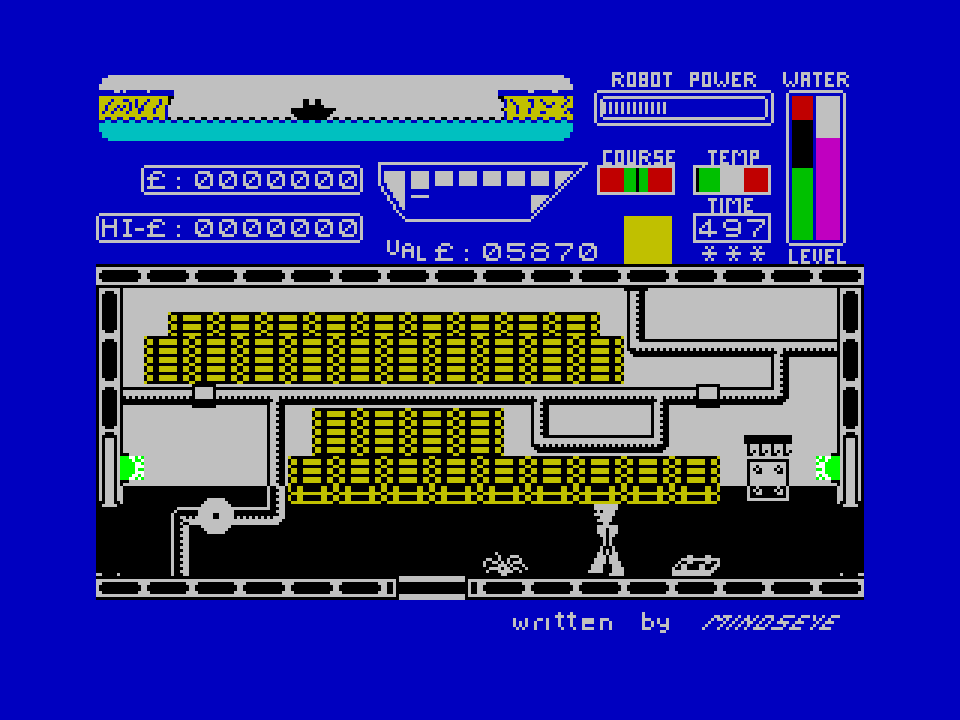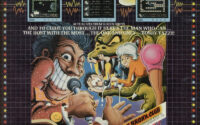Worse Things Happen At Sea Review
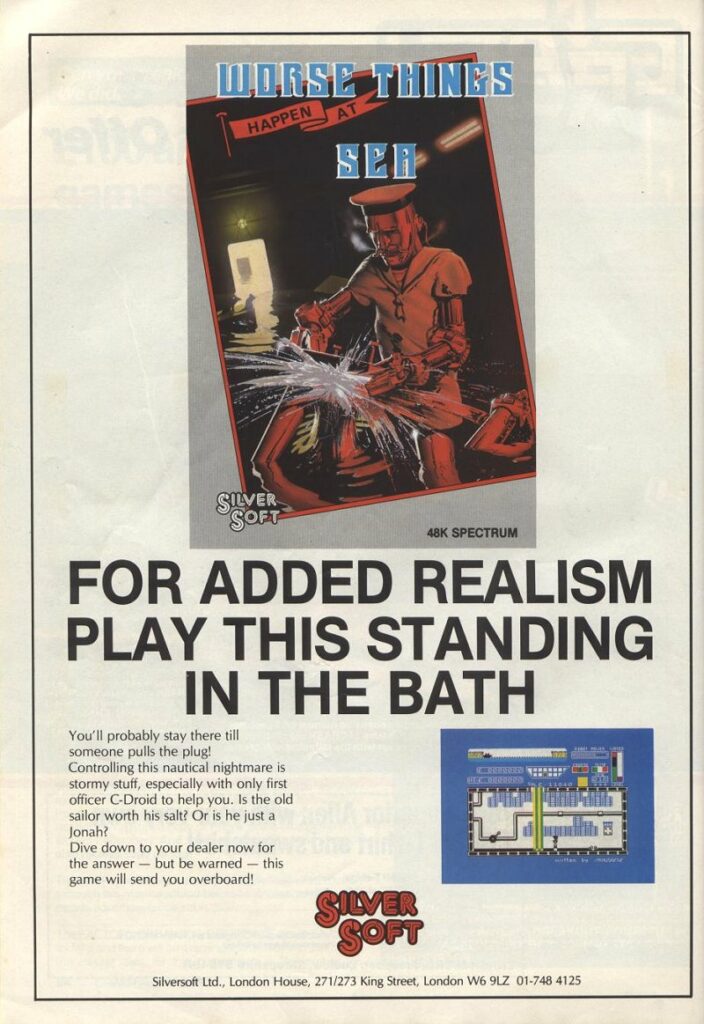
Ain’t that the truth if there ever was one…? But certain maritime-based and work-related scenarios happen to pave way for quite entertaining (Or at least original and interesting.) video games… Okay, so Worse Things Happen At Sea may not be only one in existence, but one has to admit that this game is oddly specific when it comes to an overall theme.
STORY
All C-Droids aboard! It’s not uncommon that cargo has to be transported from point A to B across water, and that bigger ships are used for this very purpose. But there are a couple of things that can go wrong: The hull might start leaking and engines might start failing… (Except it’s guaranteed in this case.) Not only that – This particular ship soon and occasionally drifts off course since there is no captain in sight. The ones behind this business operation clearly knew that this would be a too dangerous job for human beings, so the only passengers are three C-Droids that the player controls – One by one. (And no doubt from a safe(r) location.)
THE GAME
After loading up the game, you are asked if you want to see the instructions. Press “Y”, and the program briefly explains the relevant elements of the game, e.g., what the objects that you will be using are, plus some of the game’s extraordinarily thankless tasks.
The screen is divided into a gameplay window (On the lower two thirds of the screen.) and an “Info / Status” section. The gameplay window shows the flip-screen ship from the side, including its exits. (In a slightly skewed perspective to render them visible.) As a C-Droid, you pump water, recharge power, open doors, and pick up / drop objects. And with the ship soon leaking like a sieve, your mission is to simply prevent it from doing the Titanic. To begin with.
The upper third of the screen shows how far the ship has traveled (Illustrated as a ship moving between two shores.), Robot Power, water level outside and inside the ship, earnings (In £.), the value of the cargo (Also in £.), the layout of the ship (With its current flood levels in the compartments.), the course, temperature, a yellow inventory square, and finally, how much time has elapsed.
The immediate problem aboard is, as mentioned, the leaking hull. These are quite logically very easy to spot and has to be patched up with metal slabs that are found on several of the game’s eleven screens. (These include both upper and lower decks.) Floods cause the cargo to get water damaged, which naturally decreases its overall value. (Very soon jeopardizing the entire business.) Sooner and not later, the water has to be pumped out as quickly as possible. (Seeing the ship has to reach its destination – Preferably somewhat above water.) And the C-Droid can’t do this without handles (Also found around the ship.) that are needed to operate the pumps.
What else can go wrong? How about the ship drifting off course? (On the second trip and onwards.) That’s when the C-Droid has to adjust the course. This is done by operating the wheel and centering the on-screen “Course”-gauge. Both the power generator and the engines take damage from the sea water. The same goes for the Droid itself as it’s also allergic to salt water. (Plus floods slow down the ship.) Overheating engines have to be oiled back to normal temperatures (Using an oilcan.) and the Droids need recharging at the generator. Droids generally can’t drown, but that H2O isn’t good for anything. To prolong the sinking of the ship even with several compartments flooded, it’s wise to close any open doors. Maybe that gives you enough time to do some pumping action. And when things get really desperate, the C-Droids have a “Supa-Step”, which allows them to move around quickly and unhindered around the upper deck of the ship. But that (too) drains Robot Power.
CONTENT
“For added realism play this standing in the bath.”, says the advertisement. And why not? Worse Things Happen At Sea might therefore be one of the earliest “virtual reality” / “4D”-experiences. Ish.
The game has an amusing loading screen that kind of describes the objective quite accurately. And the optional in-game instructions is a neat feature. I have no idea how many “levels” there are. The manual only mentions that there’s “more to do [aboard]” on the third journey, i.e., after the second trip – If you survive that one with at least one robot intact. But since you earn money from selling the cargo, you’ll be using it to purchase new C-Droids. I can only imagine that the “Worse Things” in the title turn into the “Worst Things”, making the game near impossible to play eventually…
It’s truly a nightmare. No wonder nobody wanted this job. At least you can force the C-Droids to work non-stop. Until that ship is swallowed by the sea, and you’re left with zero £. And then, you should be happy over the fact that this was merely a video game.
CONTROLS
Unless you are using the usual Kempston- and Sinclair Interfaces with Joysticks, you deal with the worse things at sea with the keyboard. Six different options are available at start – All of them are different combinations of keys, for example: “O” (left), “P” (right), “A” (down), and “Q” (up). Apart from moving around in these four directions, the game has additional keys for: “operating”, i.e., recharging power or pumping water, and for “taking / dropping items” + “opening / closing doors and hatches”. (“X” and “M” respectively in this case.) I’m personally not too fond of using two keys that are horizontally adjacent for “up” and “down” directions.
The “Supa-Step” is activated by holding down the “recharging / pumping”-key while moving around.
When you realize that everything is majestically and royally fucked, and you don’t want to feel the humiliation of seeing everything submerged in water dark as black before your ship goes beneath the waves, you can always press “S” to restart.
GRAPHICS
A cargo ship isn’t exactly the most exotic or attractive location that one can depict in an 8-bit video game, but that’s not too important in this case. All you really need is: Empty walls, some pipes, doors, hatches, and the cargo boxes in neat, symmetrical stacks. So that’s where the graphics get their job done.
The loose items (Like oilcans and handles.) and things like alert-lights also look like they should, i.e., there are no problems with identifying what everything is supposed to be. The C-Droid is quite charming too and resembles the one on the loading screen and advertisement.
When the water level rises inside the ship, everything turns black from the bottom and up. (Logical.) And to be able to see any of the relevant objects under water, the colors are inverted. (To white.)
This is by no means a graphics heavy game, which means that it has no issues running like intended from the first moment to Game Over. The animations are basic but functional, and there really is no need for anything else, i.e., Worse Things Happen At Sea wouldn’t have been better or more enjoyable with flashier graphics.
SOUND
That’s the Speccy playing “Sailor’s Hornpipe”. (I’m sure there are other tunelets in the game as well.) And there are some sound effects that you’d expect hearing from the Speccy. You simply can’t demand anything spectacular here. But at least the game isn’t completely silent, plus that the effects too are functional.
SUMMARY
Worse Things Happen At Sea is an odd (In a good way!), original, and highly intriguing game for sure. It kind of represented this entire new world of software – Software with gameplay that was more advanced than what usually could be experienced with contemporary arcade games. But it also presented the ideas in action that all these fresh, and literally game-changing, developers had. Something different and equally outrageous. And a place for this in video game history where there simply had to be something else instead of the Coin-Op-quality graphics and sound.
“…And don’t forget… EVEN WORSE THINGS HAPPEN TO SOFTWARE PIRATES.” At least that’s what the manual says. Absolutely. We all know this, already. (Talk about predicting the future…!)
Developed by: Mind’s Eye Software
Published by: Silversoft
Version Reviewed: ZX Spectrum 48K
Genre: Puzzle
Players: 1
Also Available On: N/A
Released: 1984

